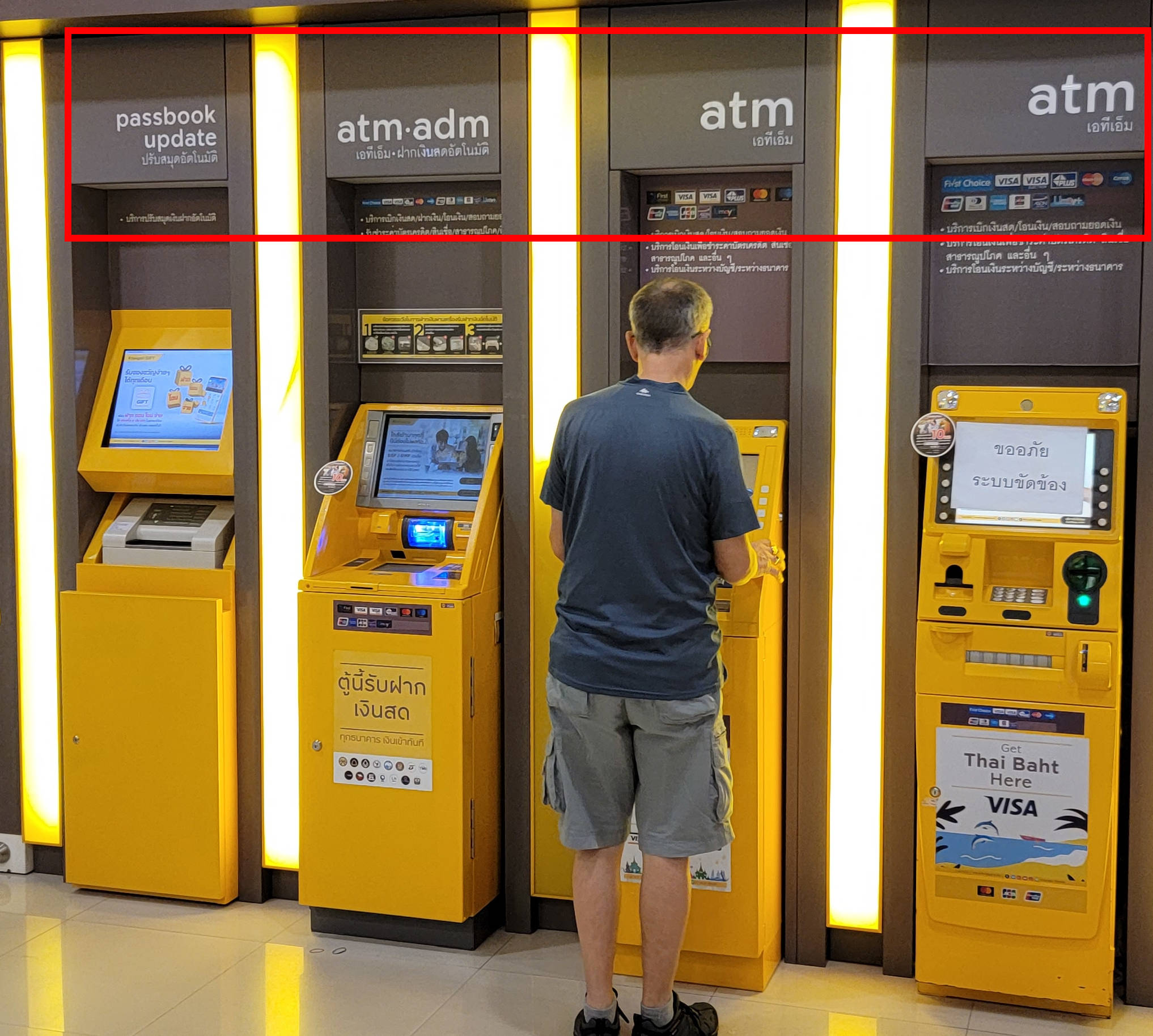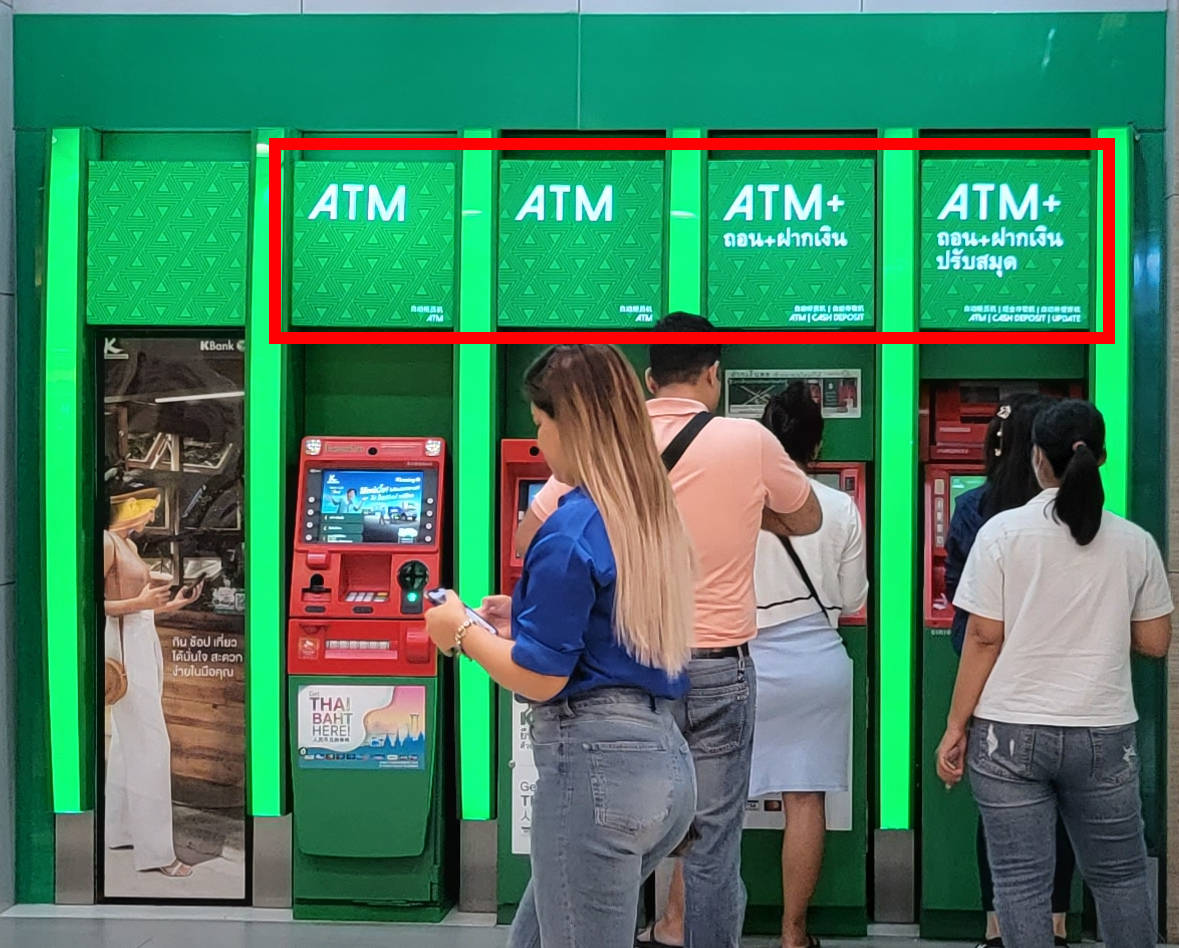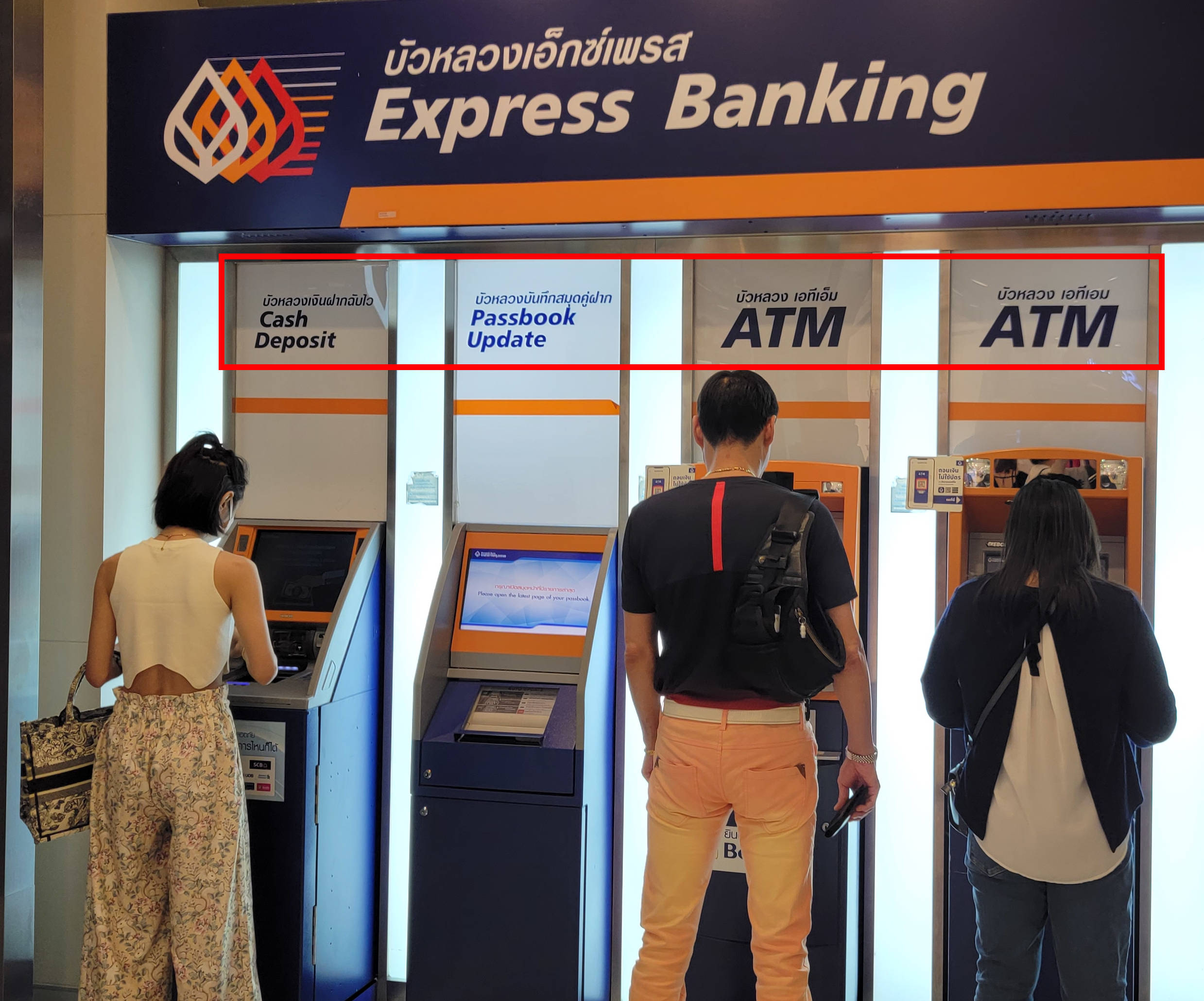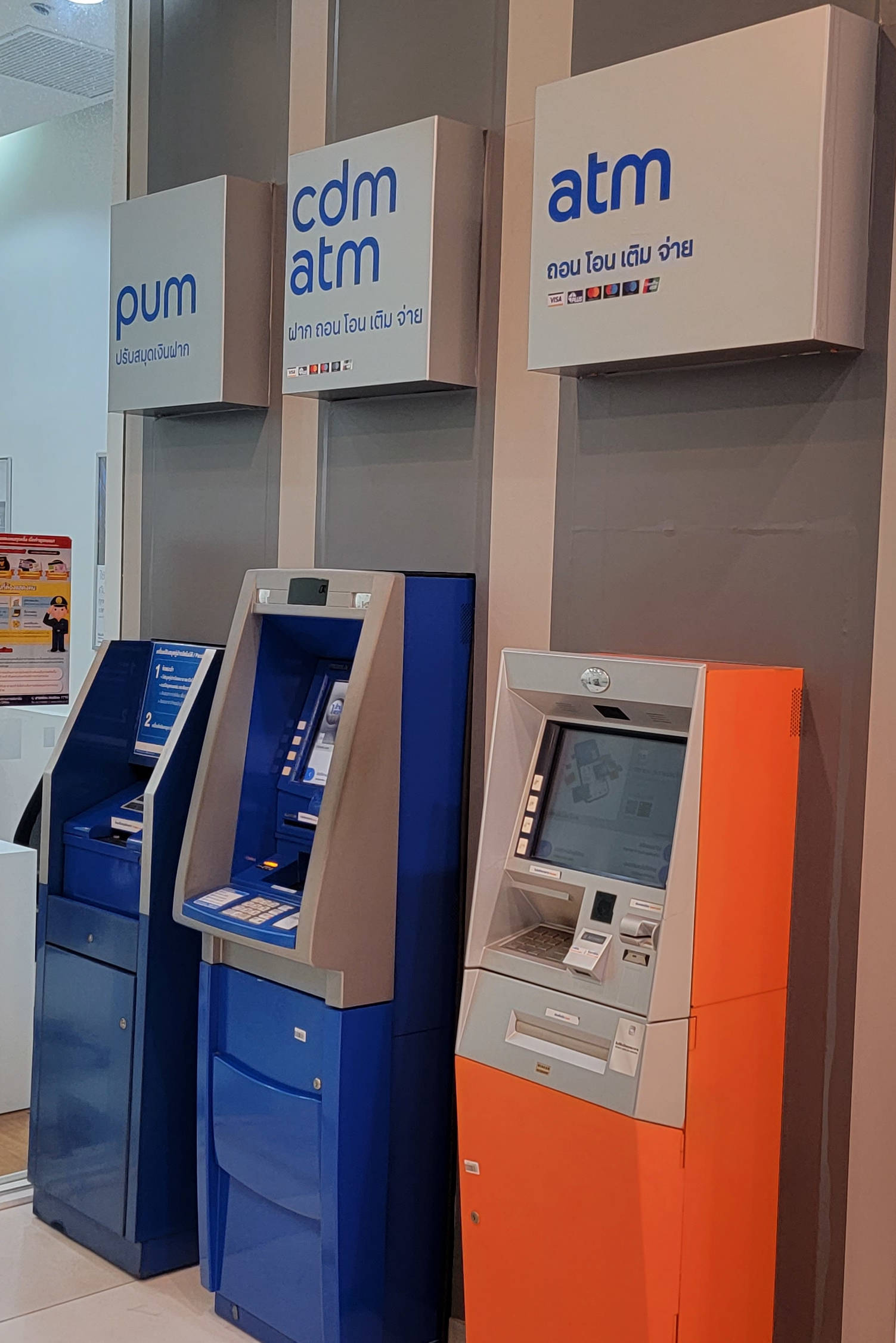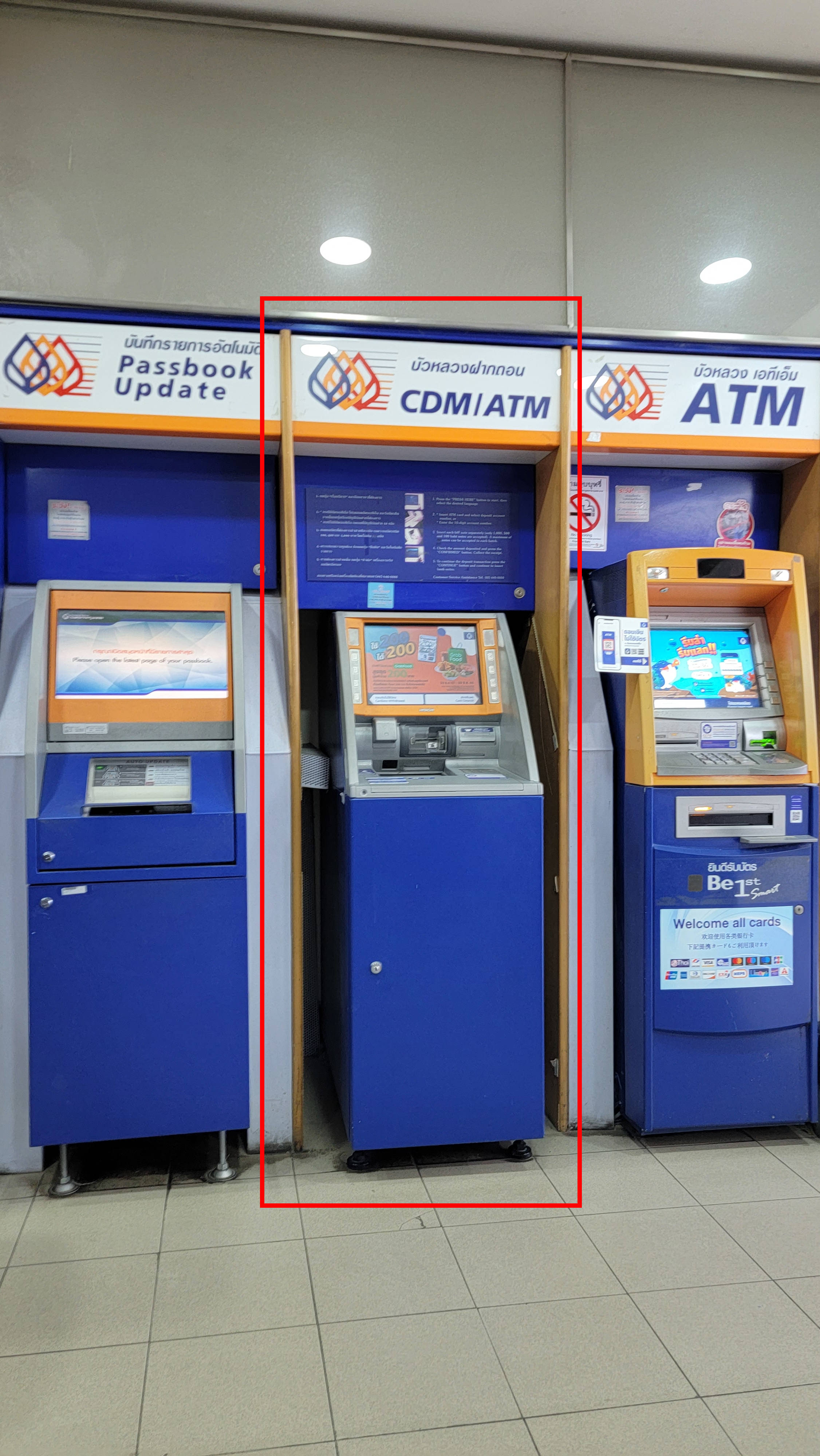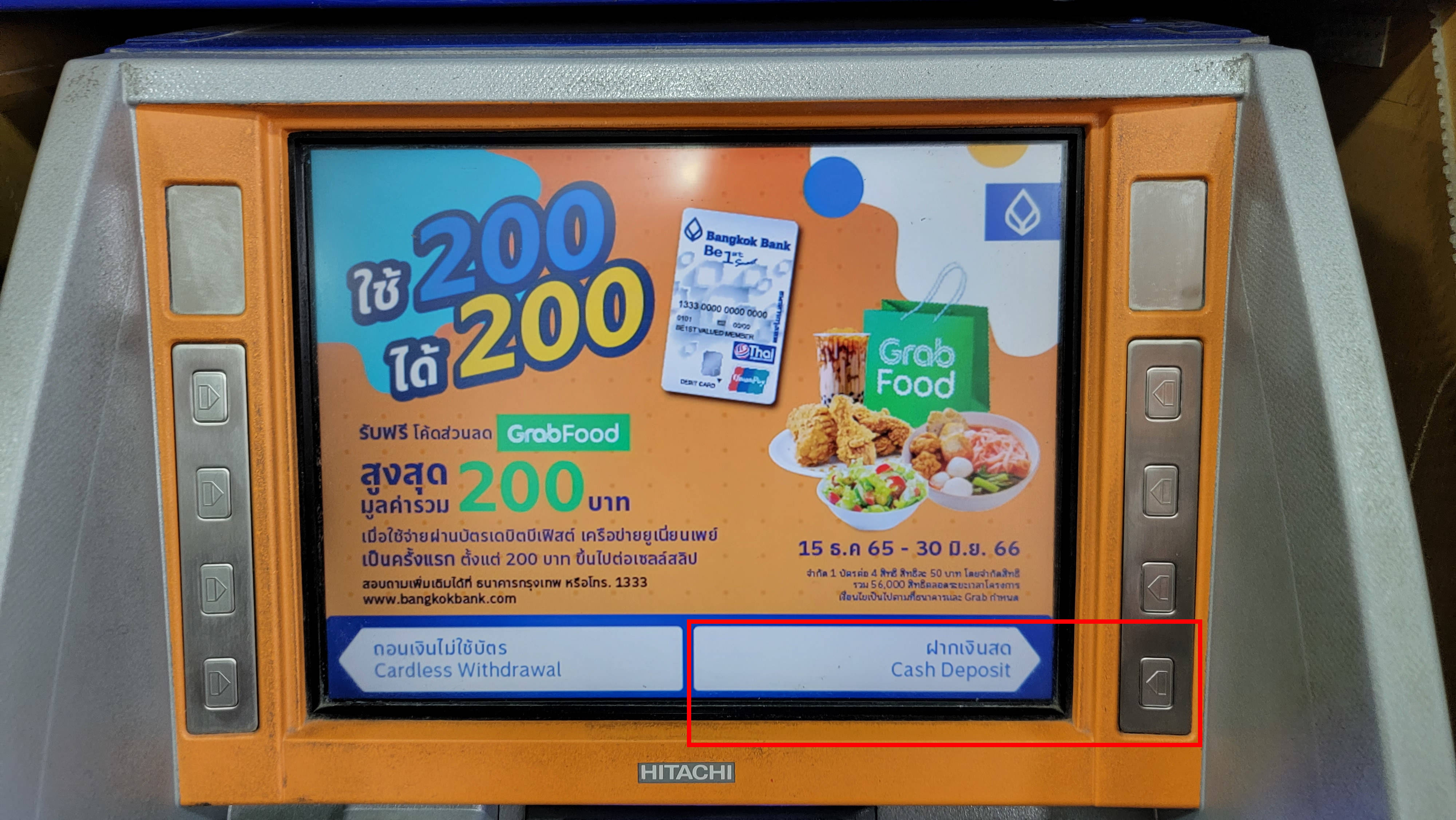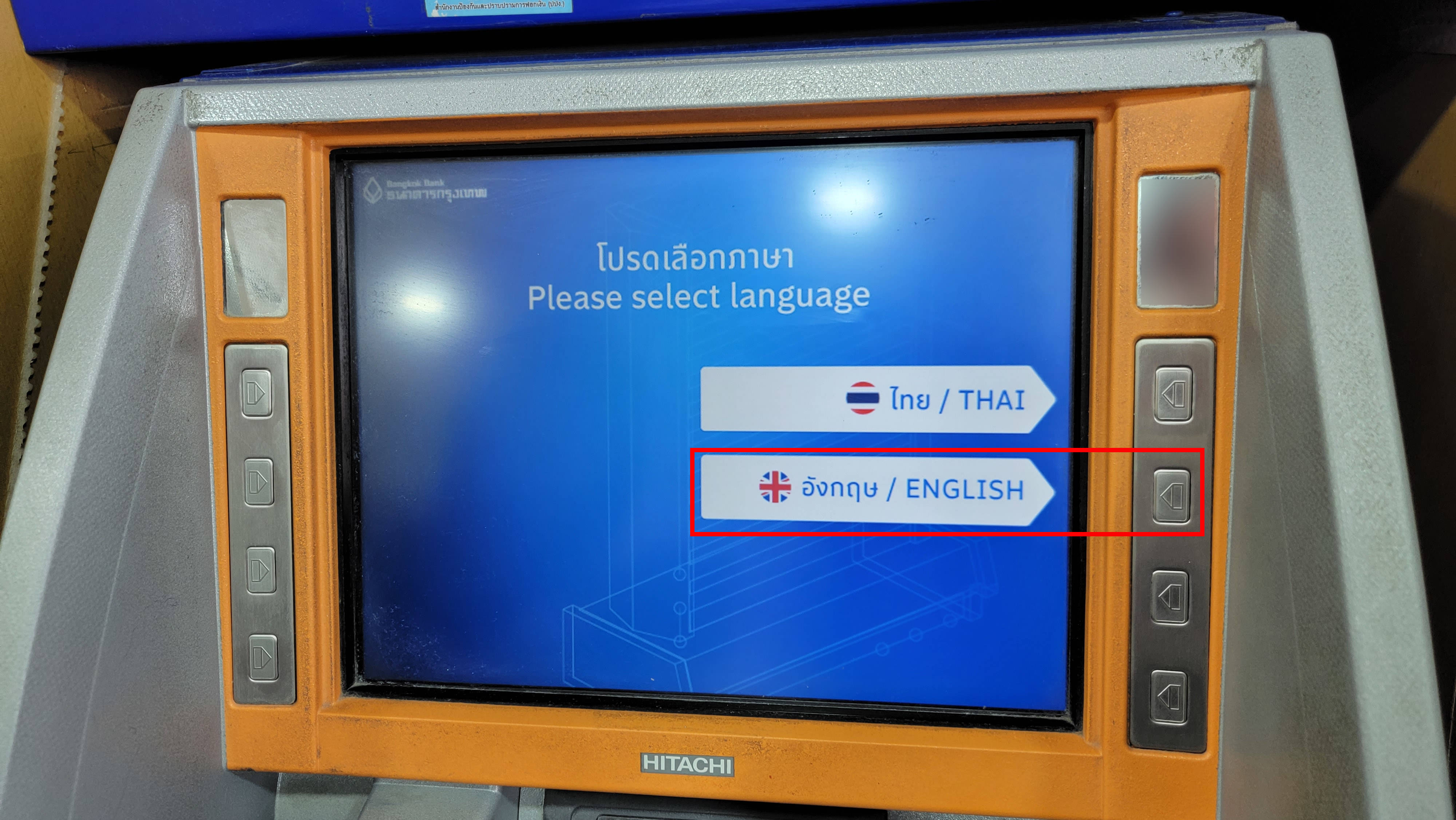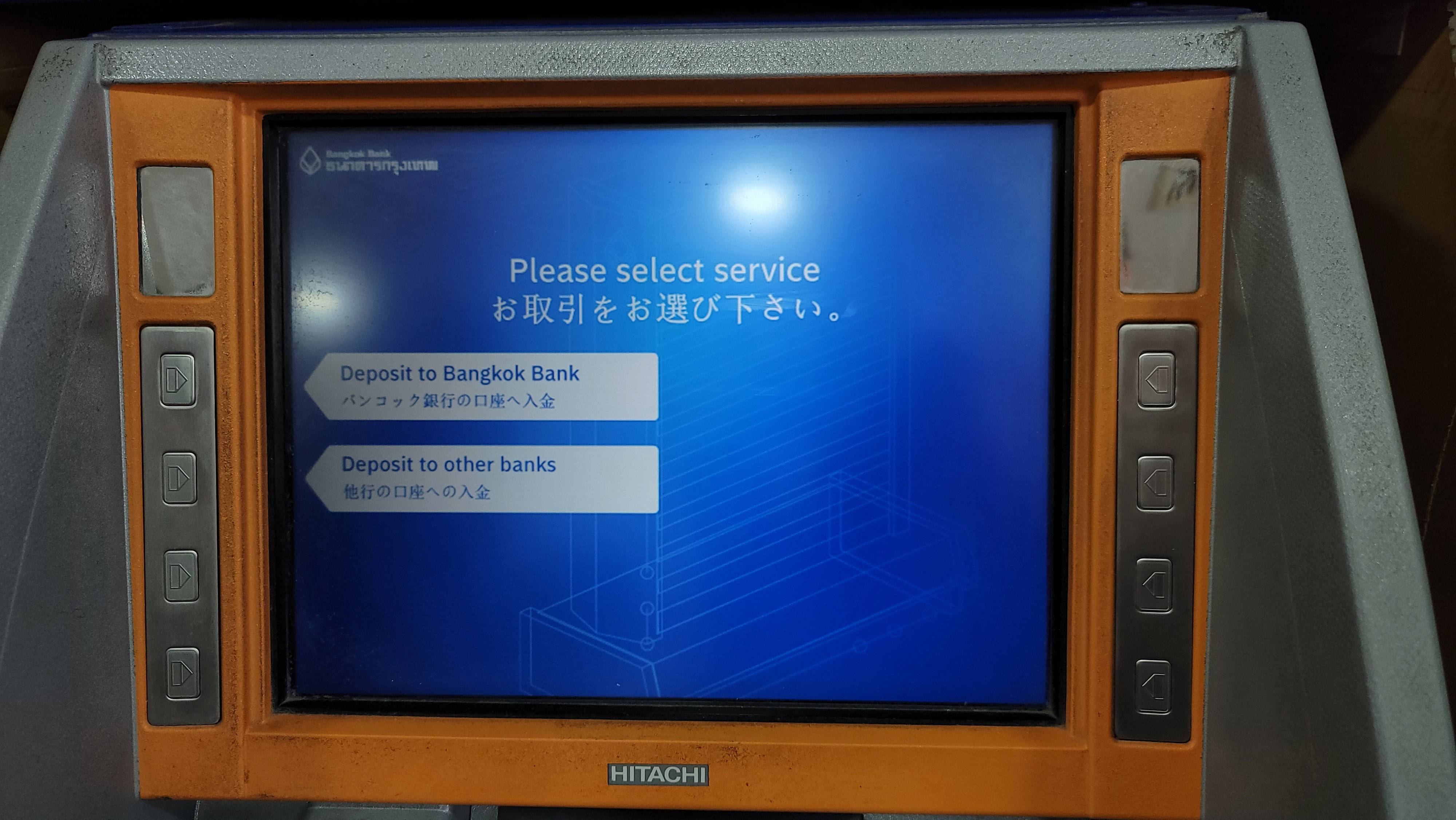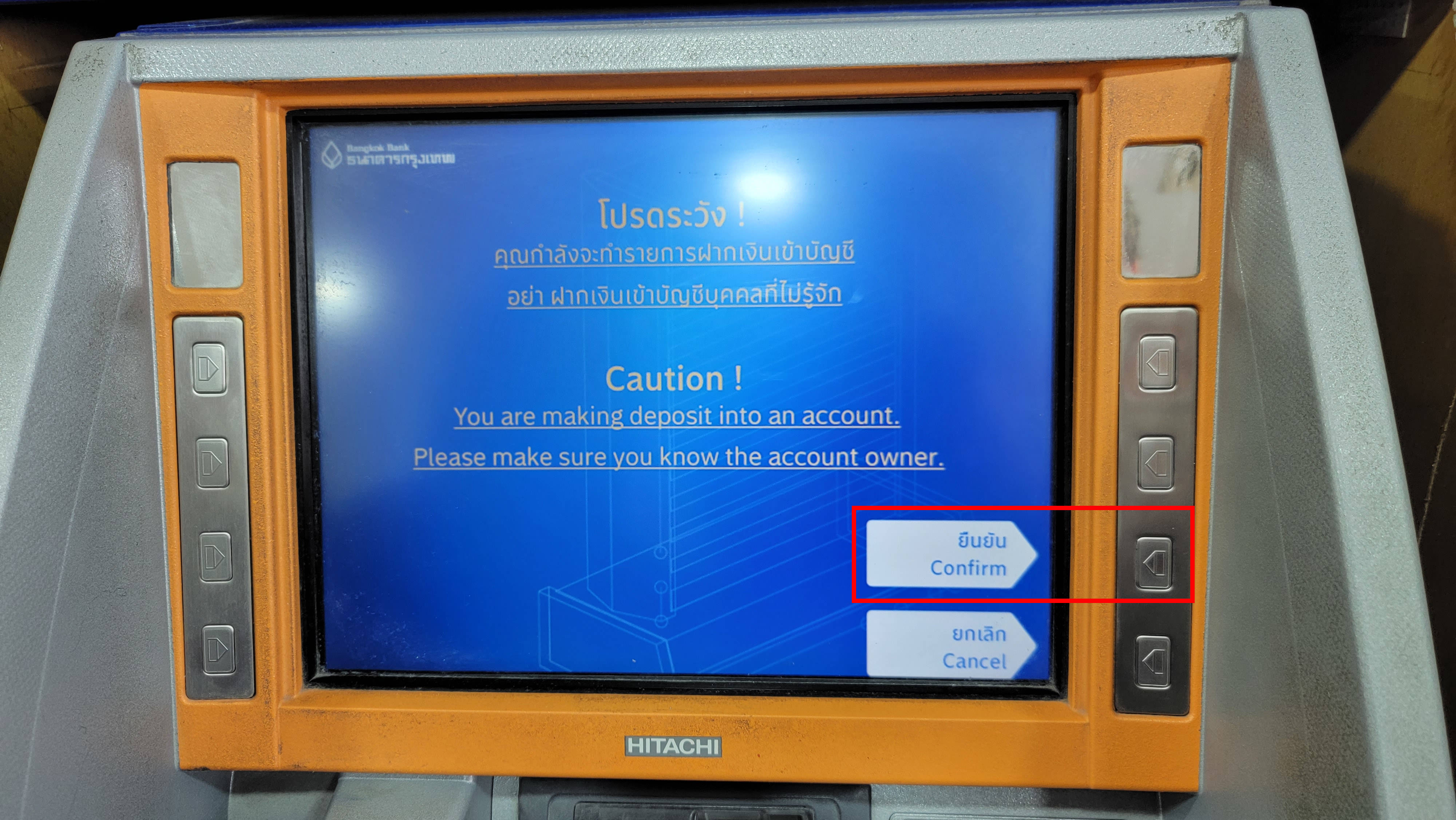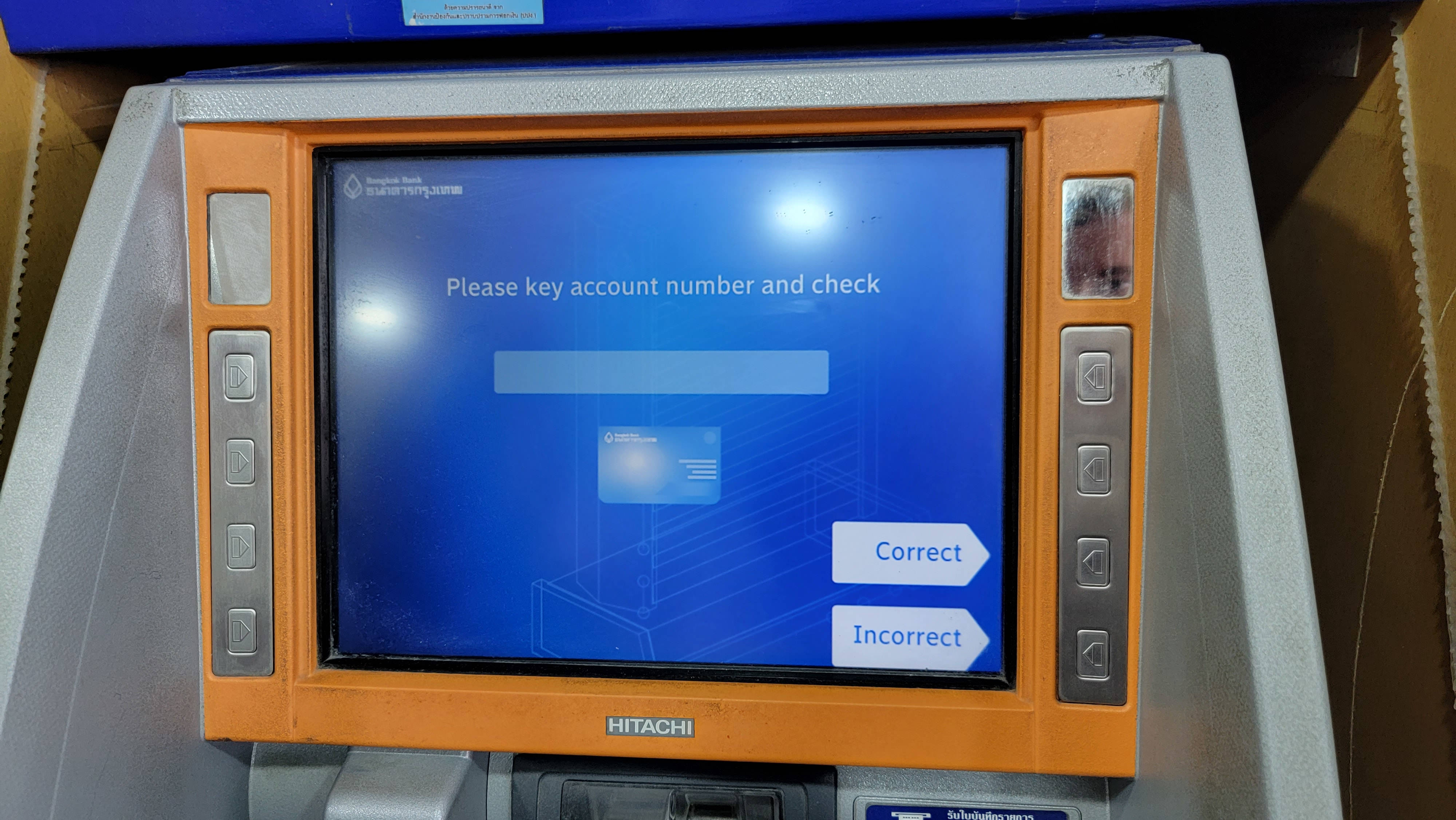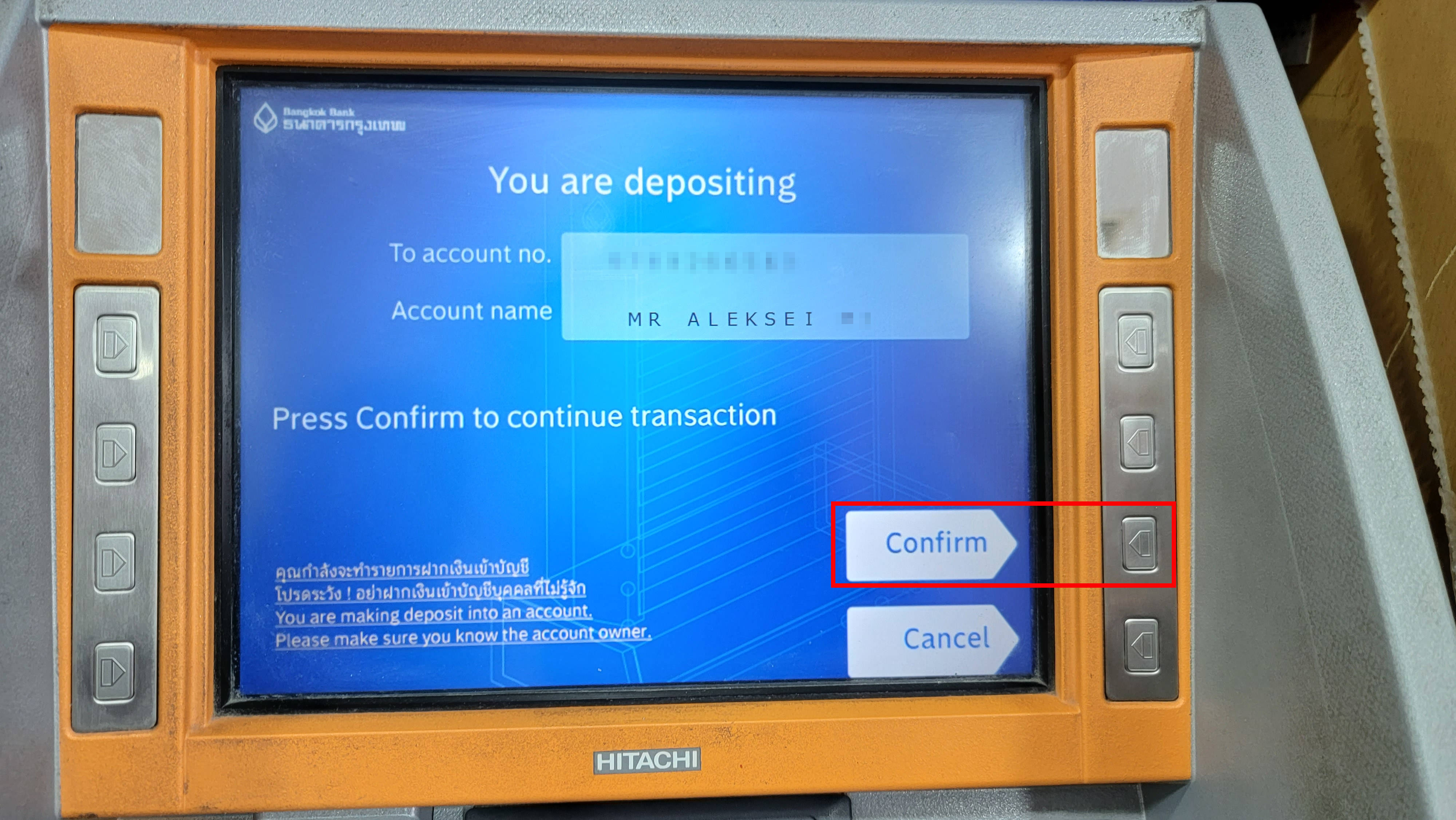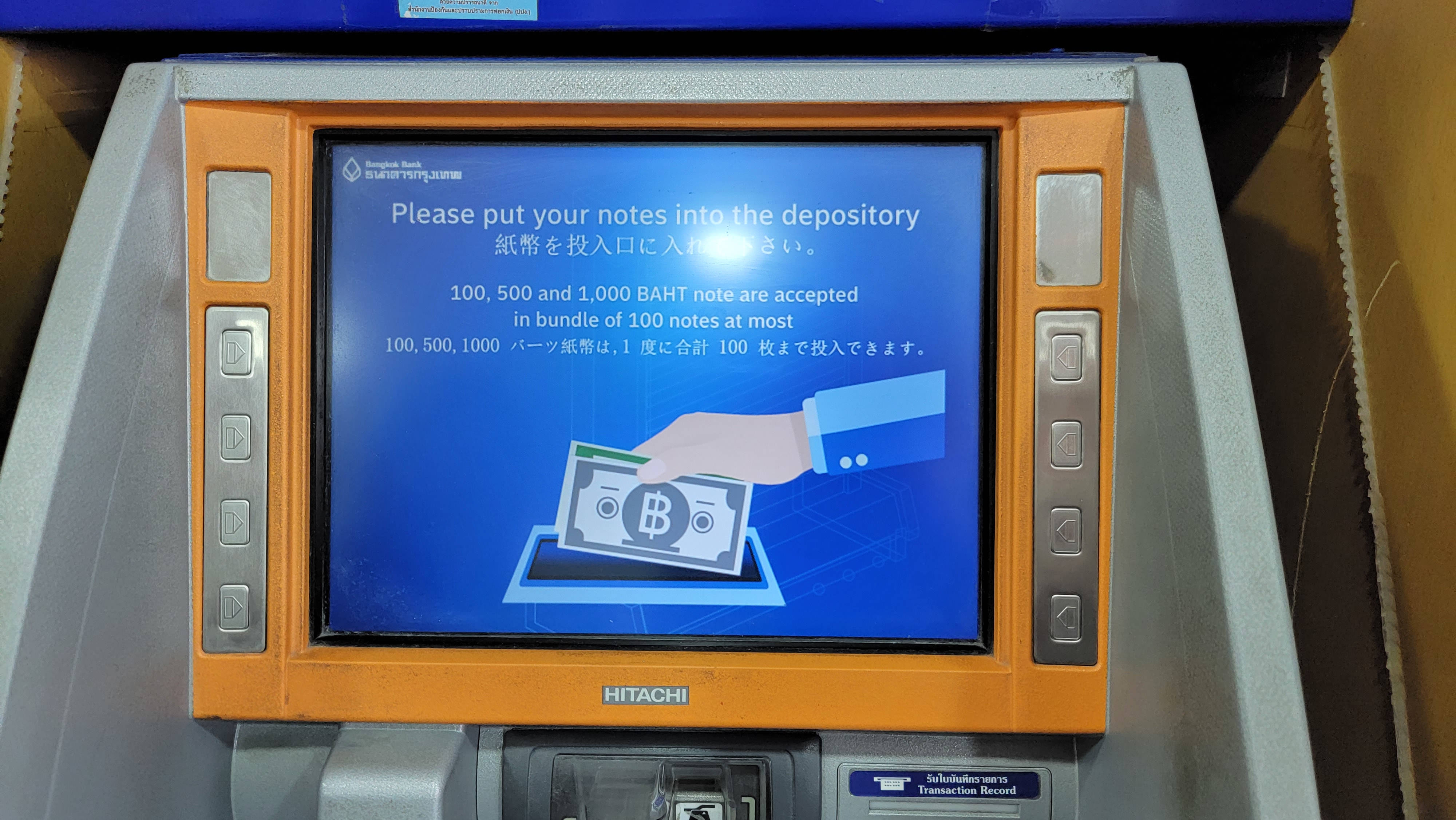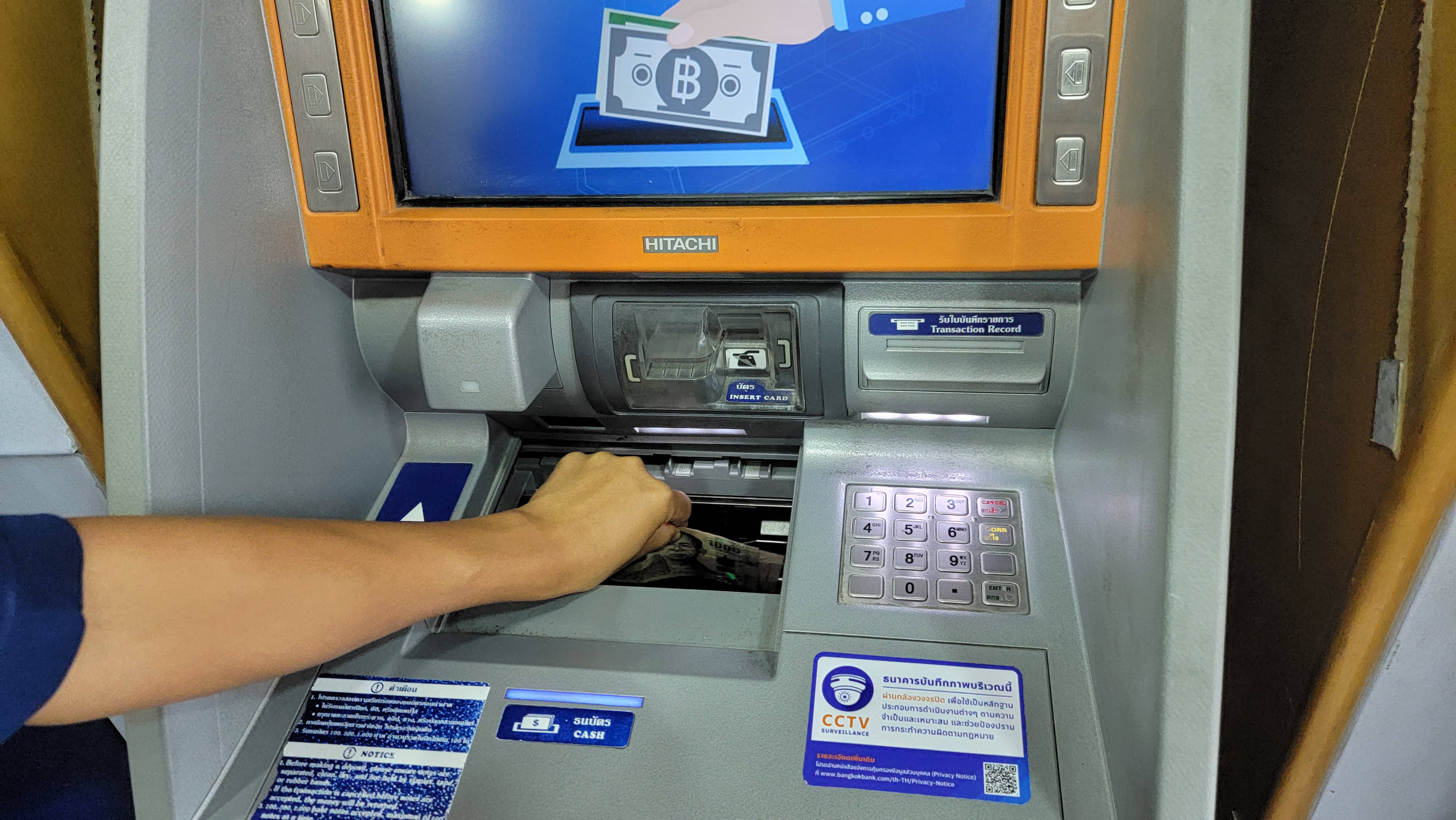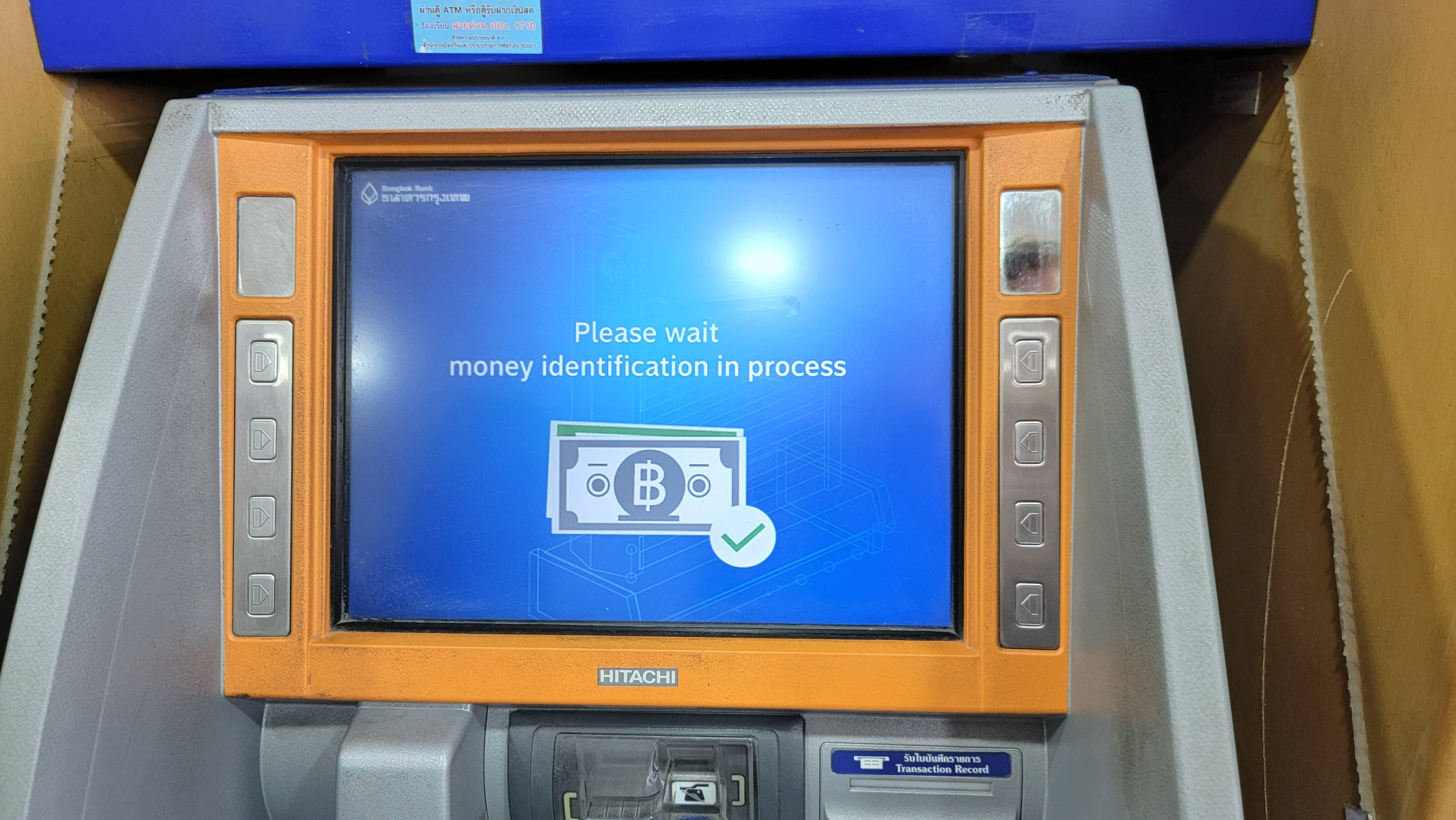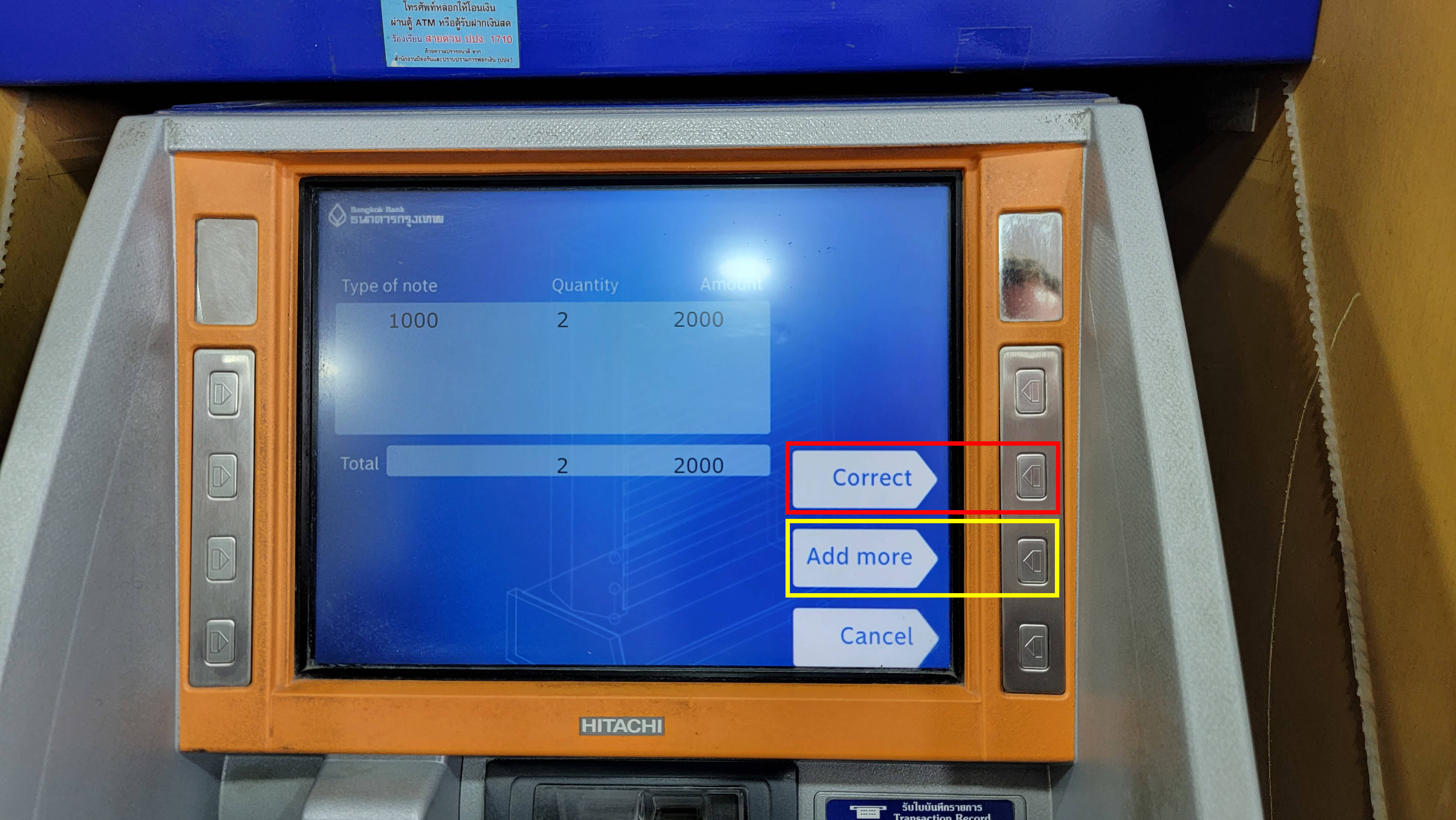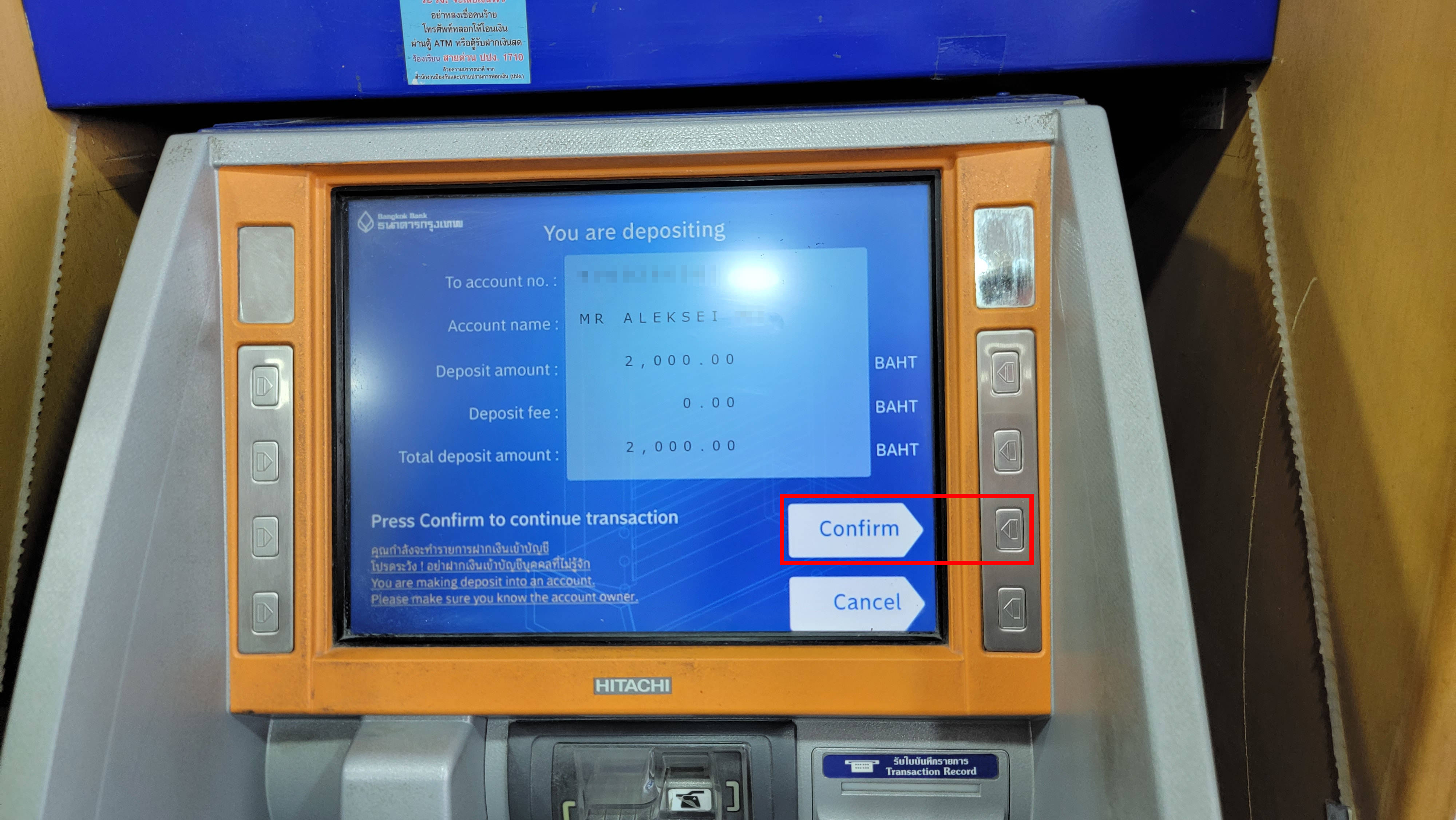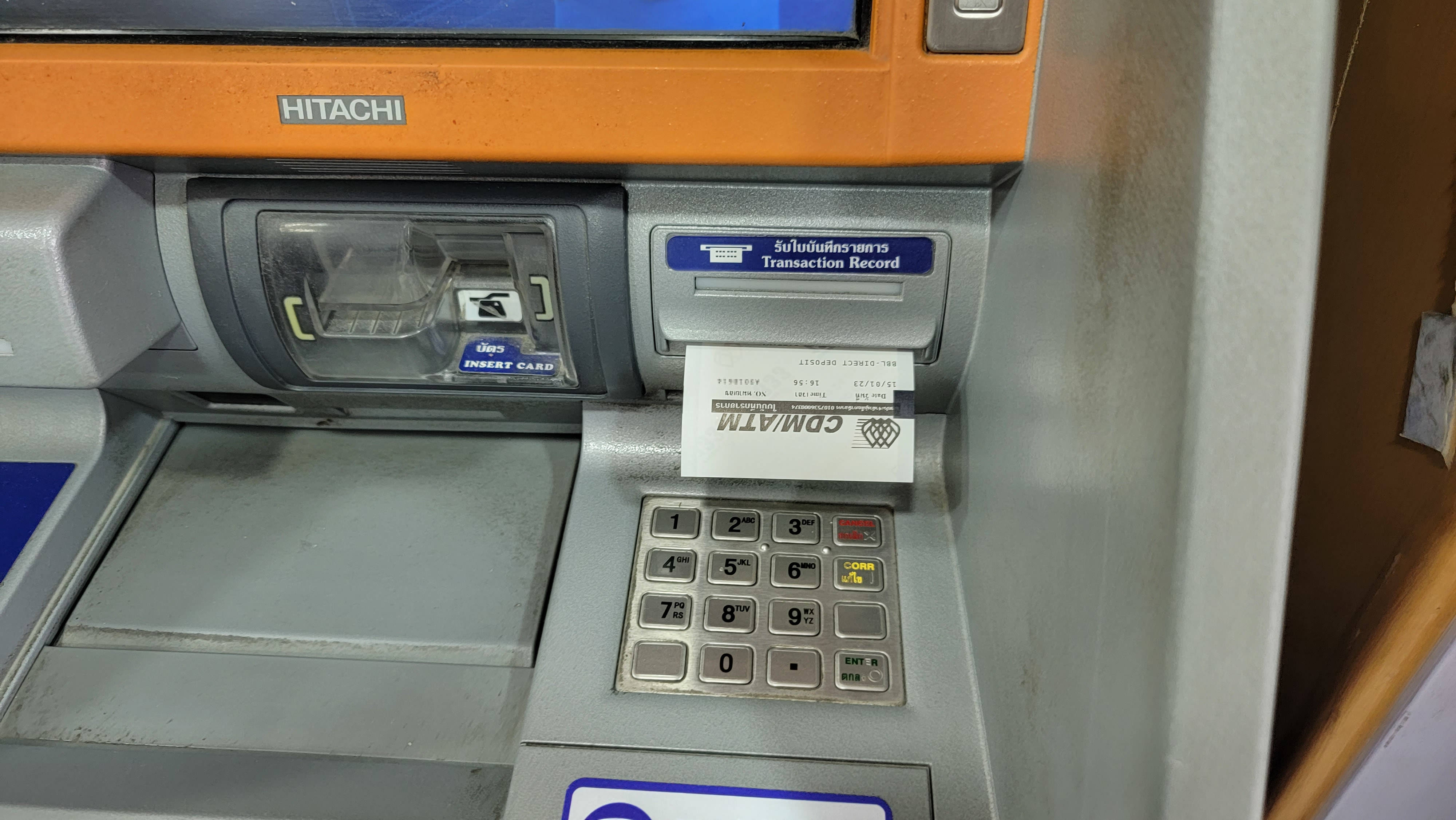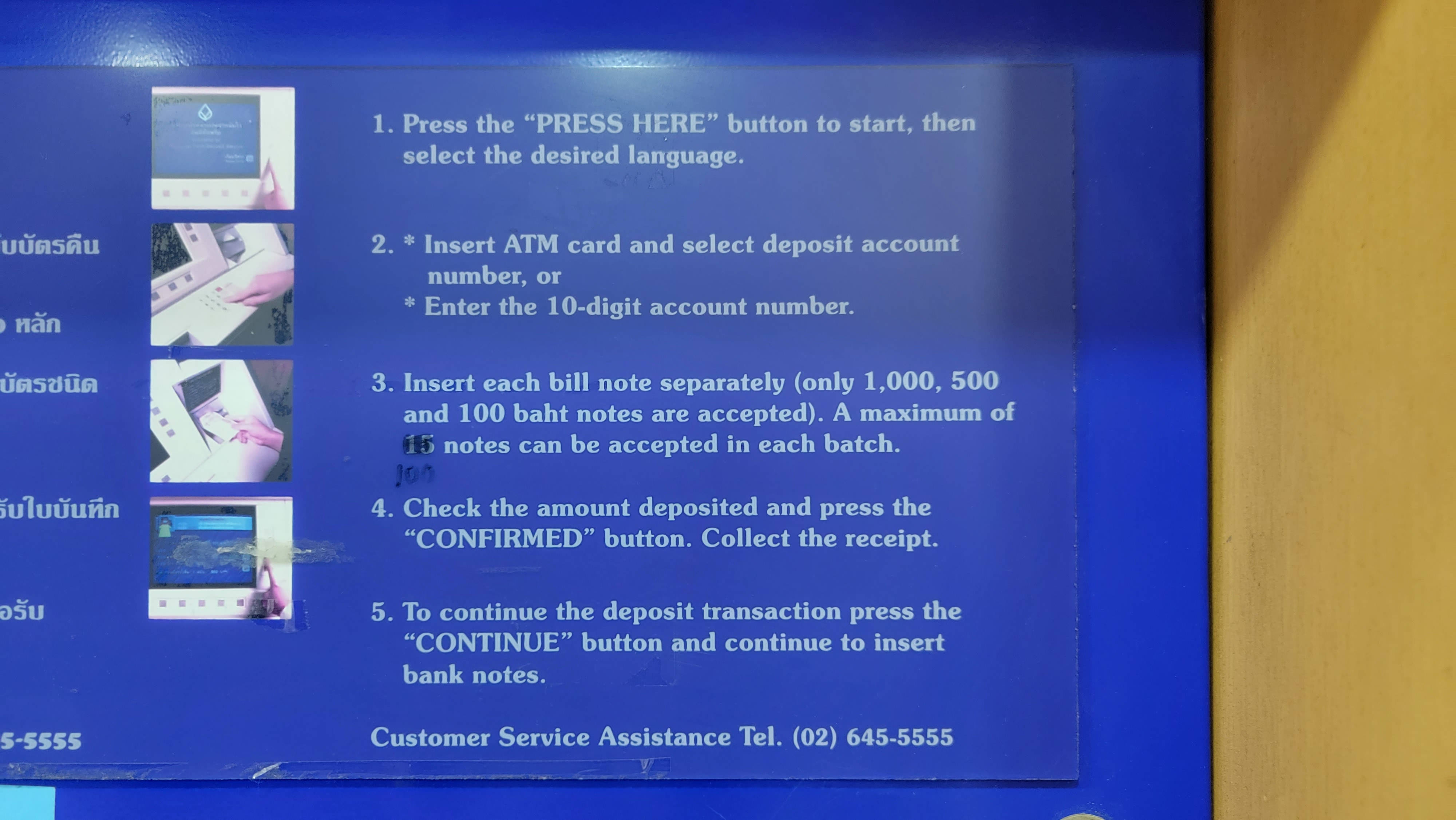
How to deposit or send money to a bank account in Thailand without a bank card and without opening an account
January 20, 2023
How to deposit cash without a money transfer
In Thailand, you can replenish your own or someone else's bank account (put money into the account) without opening an account and without money transfers. To deposit money into an account, all you need to know is a ten-digit bank account number.
With this account replenishment, you can, for example, pay for the rent of an apartment without having a bank account in a Thai bank. In addition to renting an apartment, you can pay for services or purchases in this way. This method is also suitable for depositing money into your bank account.
In English, replenishment of an account without a bank transfer is called “Cash deposit”. But in Thailand, the phrases “Drop money” and “Drop cash” are also often used to deposit money into a bank account.
Where can I make cash deposit
You can deposit money into the account:
- in bank branches
- at ATMs that support this feature
The bank account cannot be replenished at 7-Eleven or other stores.
How to deposit money into a bank account
Contact a cashier or assistants at any branch of your bank. You just need to know the account number of the recipient of the money. You may need to show your passport for your identification.
How to deposit money into an account using an ATM
See also: How to use ATMs in Thailand
ATMs ADM, CDM, ATM+ and Cash deposit can be used to deposit cash.
Krungsri ATMs for cash deposits have the designation “ATM – ADM”.
Kasikorn ATMs for cash deposits have the designation “ATM +” and “Cash deposit”.
Bangkok Bank ATMs for cash deposits have the designation “Cash Deposit” or “CDM – ATM”.
TTB ATMs for cash deposits have the designation “CDM – ATM”.
Other ATMs for depositing cash also have one of the listed designations.
ATMs for depositing cash in the first place you can find next to the branches of the respective bank.
How to replenish a bank account at an ATM using the example of Bangkok bank
At a bank branch or next to a bank, look for an ATM that says “Cash Deposit” or “CDM – ATM”.
In the ATM menu, select “Cash Deposit”.
Select the language “English”.
In the following menu you can choose from:
- Deposit to Bangkok Bank
- Deposit to other banks
I chose “Deposit to Bangkok Bank”.
The next window says “Caution! You are making a deposit into an account. Please make sure you know the account owner”.
Click the “Confirm” button.
Enter the number of the bank account to which you want to deposit money.
After entering the number, press the “Correct” button.
On the next screen, you will be shown the first and last name (or the first letters of the last name) of the owner of the bank account to which you want to deposit money. Check the correctness and click the “Confirm” button.
On the next window, it is proposed to put money in the money acceptor. You can only use banknotes of 100, 500 and 1000 baht. The maximum number of banknotes is 100 at a time.
Put the money in the opened hole.
The screen says “Please wait money identification in process”.
The next screen shows the amount of money deposited. If everything is correct, then click the “Correct” button. If you want to deposit even more money, then click the “Add more” button.
And once again check the correctness and click the “Confirm” button.
Wait for the operation to complete.
Take the receipt.
Rules for depositing cash into a bank account through an ATM
It follows from these rules that after choosing a language, you can insert a bank card or enter an account number. If you want to replenish your own bank account, then using a bank card will speed up data entry and eliminate the possibility of error.
Initially, it was possible to deposit 15 banknotes, but now the amount has been increased to 100 banknotes.
Tickets for buses, ferries and trains, including connecting routes:
Air tickets to international and local destinations at the lowest prices:
Related articles:
- How to update entries in Passbook (Bank book) (92.4%)
- How to use ATMs in Thailand (70.4%)
- How to generate a QR code to receive bank transfers in Thailand (66.1%)
- Facial identification for transfers over 50,000 baht in Thai banks (66.1%)
- How to update passport information at a Thai bank (64.3%)
- How to open a bank account in Thailand with a student visa (RANDOM - 54.6%)
